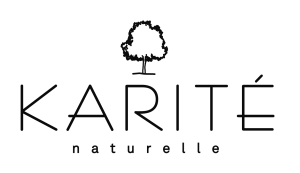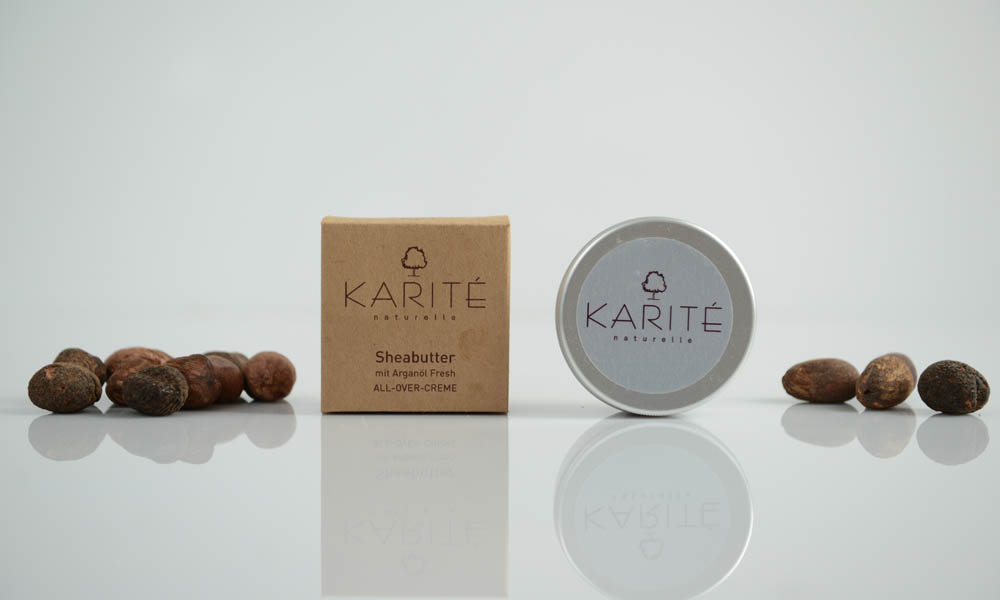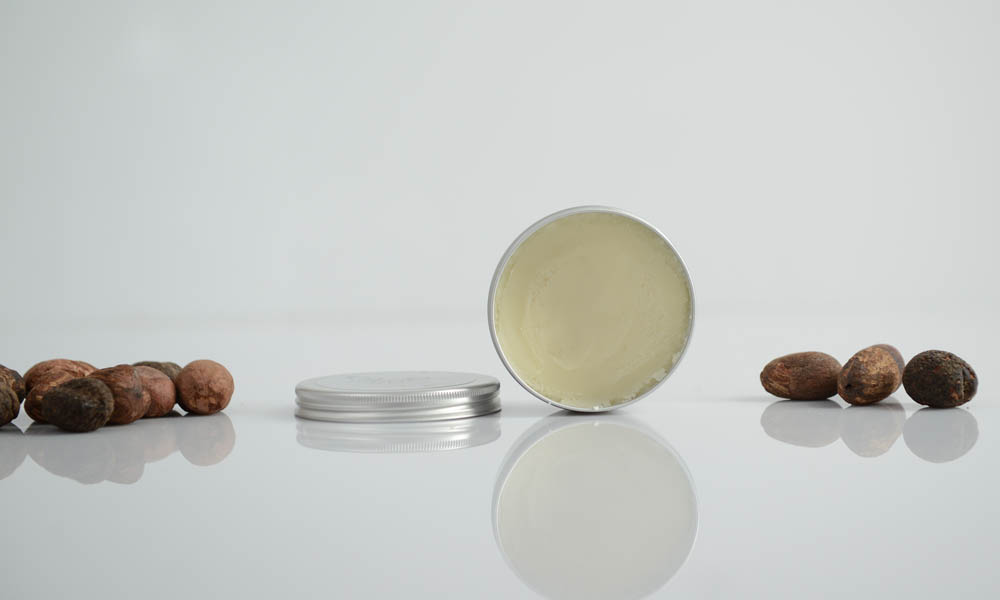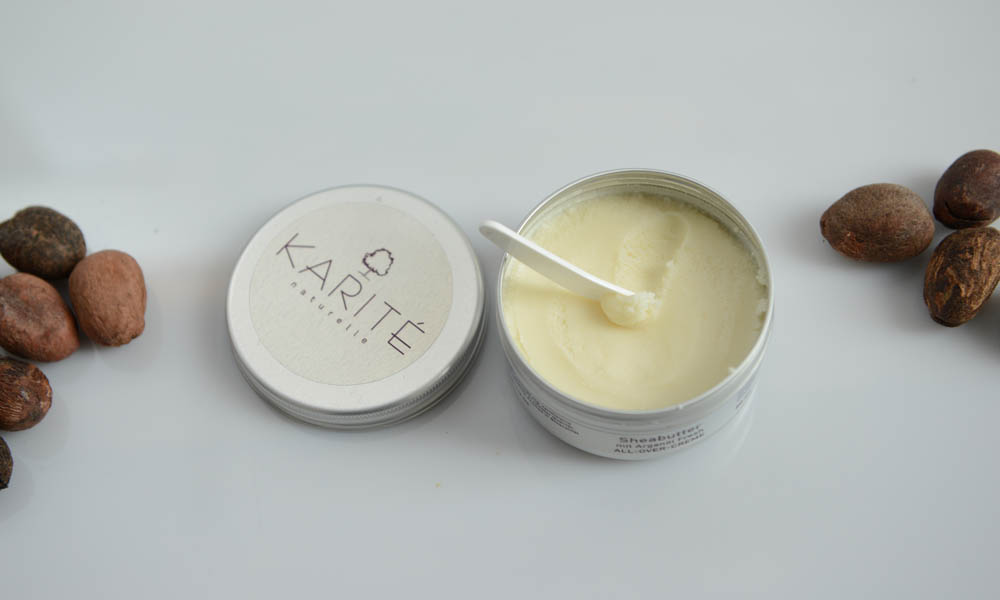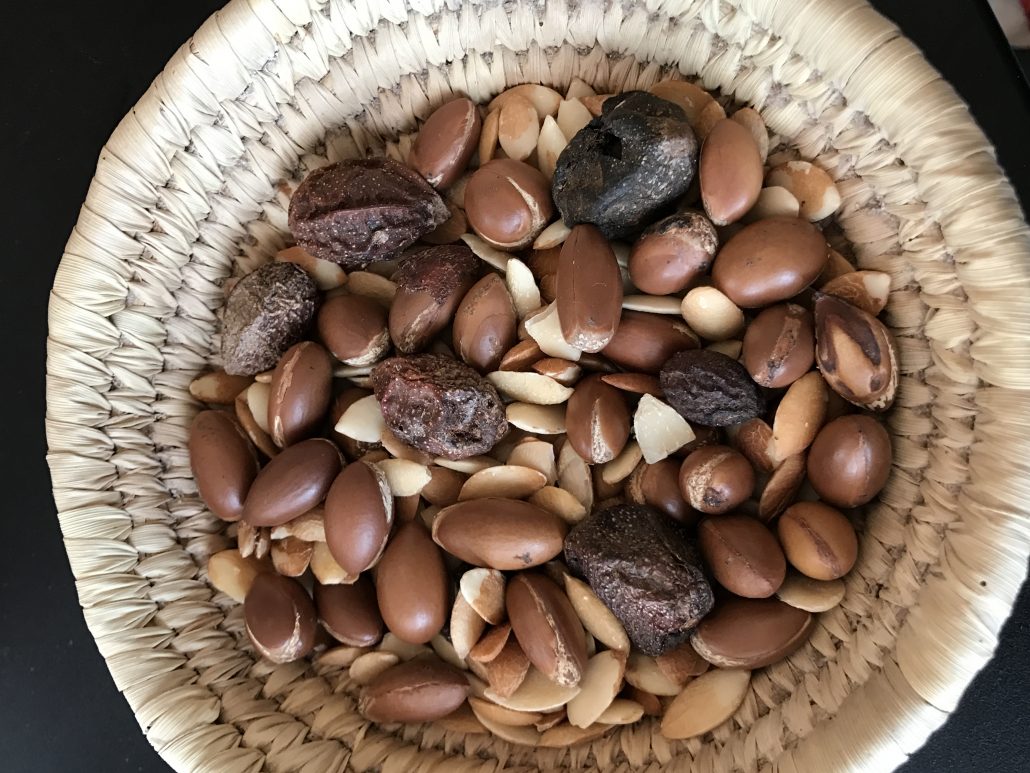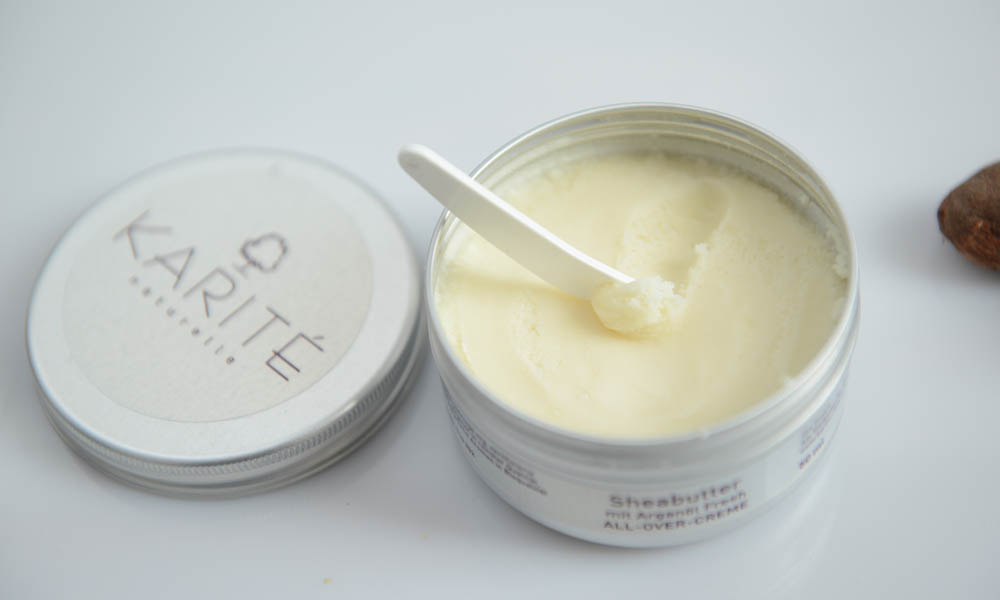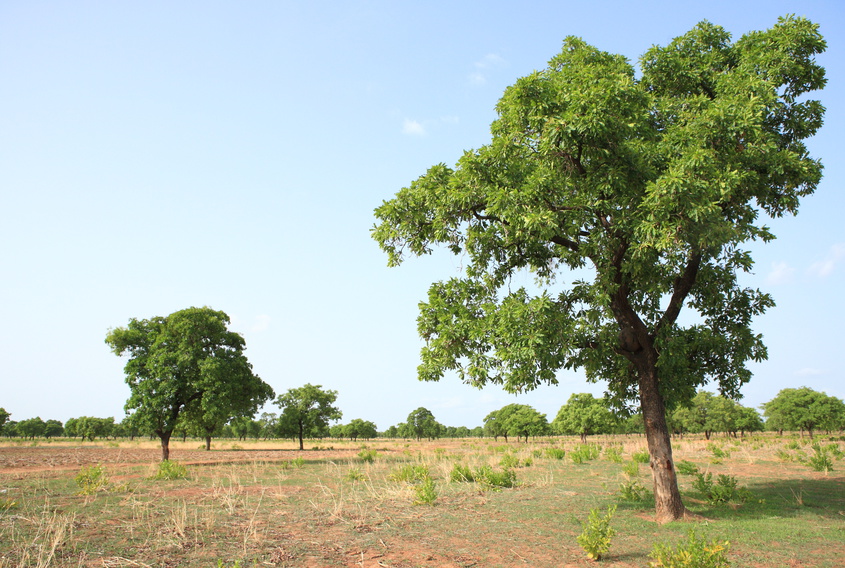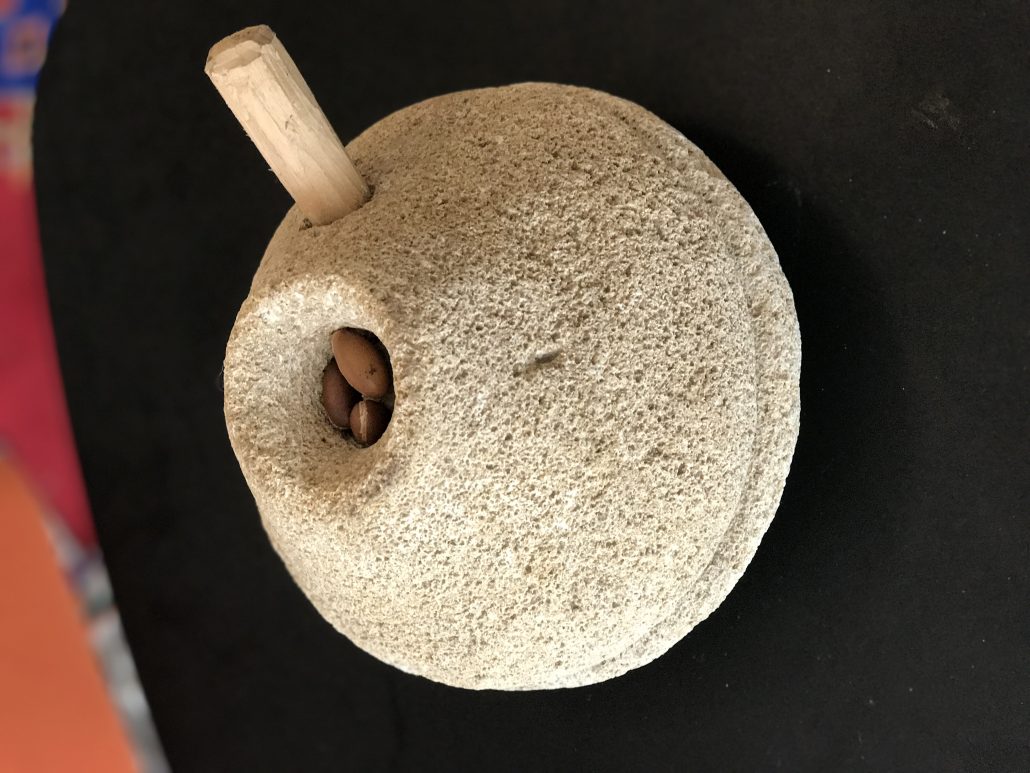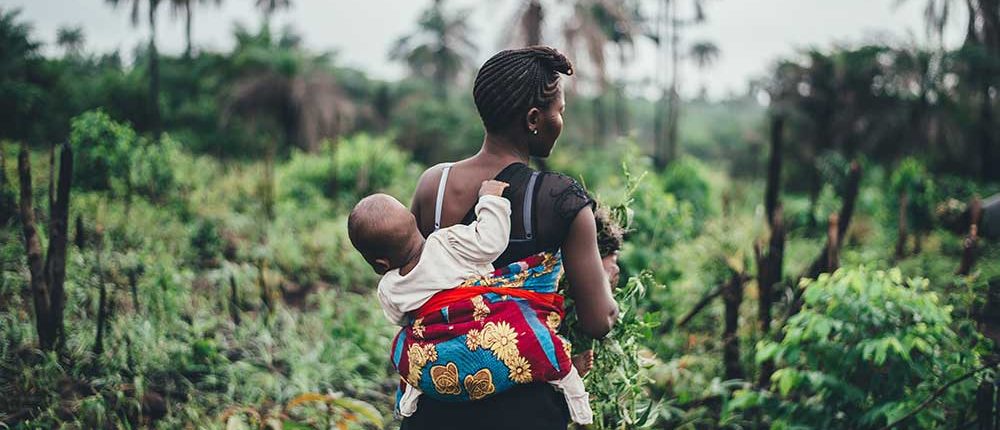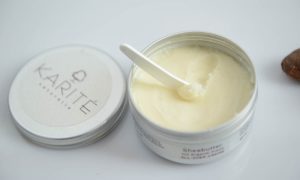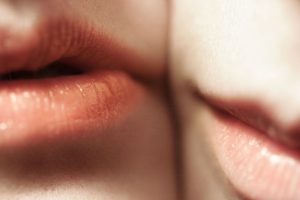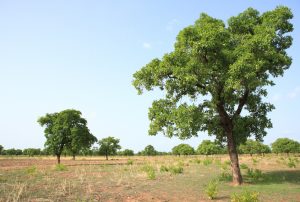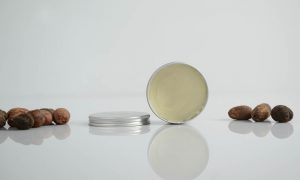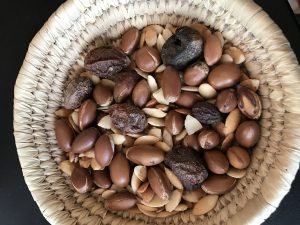Many cosmetic and allegedly „skin care“ products nowadays are nothing but a mix of low-quality artificial or chemical agents. More often than not they contain the fatty parafin, a by-product of oil production, as well as artifical binding agents (like PEG-derivatives) and cheapest conservation agents (like parabenes) …
If we assume that about 60% of what we put on our skin is absorbed into it, we have to ask: Would you eat chemicals or fossil oils? Likely not.
Almost all of our products are edible!
Real natural cosmetic products are so precious because they are made from naturally pure resources. That makes their application completely risk-free. And: They have to be gathered, processed and produced in many hard steps. Even the shea nut doesn’t give away its precious beauty elixir that easily.
How the shea nut is made into the precious butter
The journey of our shea butter from its source to our shelves begins about 5,000 kilometres away – in the west-African savanna, grasslands with trees and bushes. In the middle of that, rare and far apart: The evergreen and up to 15 metre high shea nut tree.
Inside its green fruits: The shea nut, about 4cm in diameter. Inside that: A single kernel. And only that consists of 50% plant-based fat that we know as the precious beauty butter.
The karité tree
This legendary and for the indigenous people even „holy“ tree can get up to 300 years old. Only after 20 years it blooms for the first time and carries fruits, but only after 50 years it will carry an anual yield of about 20 kg of fruits. The might yshea nut tree grows wild and due to its precious nature is protected by law from clearing.
Collecting & processing
Farming and processing the fruit is arduous work that is traditionally done by hand by the African women.
- From June through September they collect the falling shea fruits from the savanna ground in walks that span several kilometres.
- Once returned home, they separated the shea nuts from the pulp, clean them, and leave them out in the sun to dry
- Some days later they crack open the nuts, remove the kernels, and once again leave them in the sun to dry
Stomping, grinding, kneading, skimming
Now begins the great and arduous process in which the precious plant fat is extracted
- The women beat the kernels into a rough substance and roast it in order to make the fat-extraction easier
- Then they grind the substance into a finer paste
- This next step is very hard: The women add water and knead the paste for hours, until it turns into a mushy, fatty substance.
- This pulp is then heated in order to separate the liquid kernel oil from the water and impurities. The oil rises up and is skimmed from the top
- When cooling down, the oil hardens – and has now become shea butter!
Butter made from the shea nut: 100% pure
The shea butter by KARITÉ naturelle is traditionally produced by west-African womens’ cooperations. The last step of filtering out smallest impurities finishes the lengthy extraction process before the butter reaches your home in its naturally pure and unrefined BIO quality state. Gentle production instead of industrial processing: Why that is important for the quality.
A heartfelt thank you to the women
As thanks for the arduous manufacture of our resources, 10% of the net retail price of our products go right back into social projects in the regions of origin. More at “The Idea”
